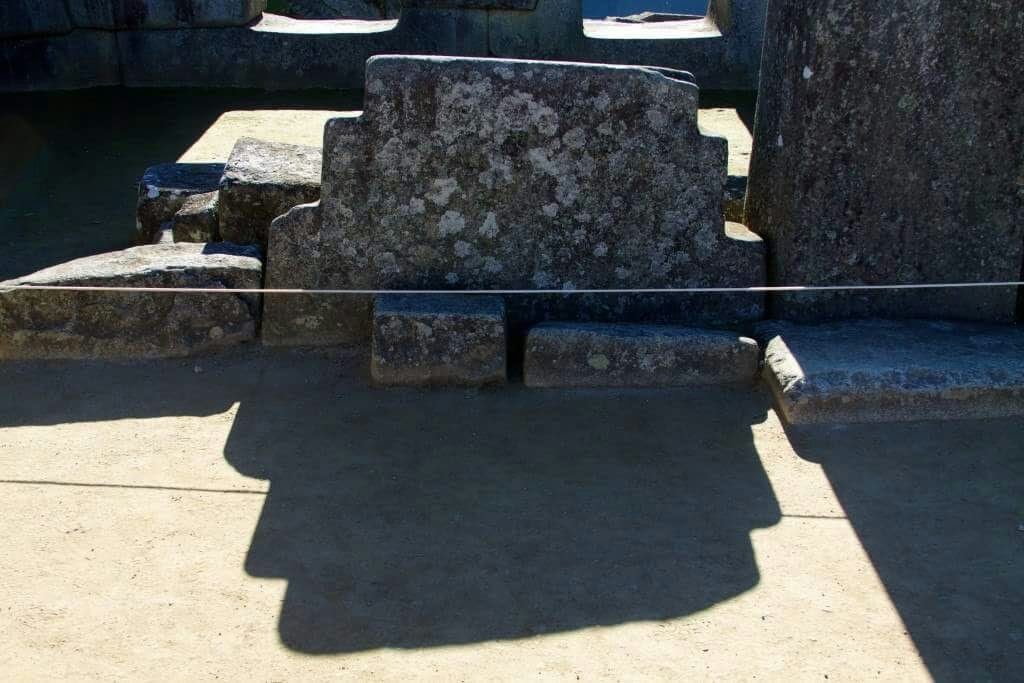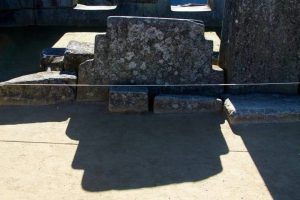Armed with water and snacks we headed out of Cusco, and on to Puno by bus. It was described by our guide as ‘public transport’ but it was more like business class! It says something about the experiences we’ve had as a group when the greatest panic at the bus station was whether anyone had imodium close at hand… I think we’ve all turned into travelling pharmacies!
Puno is about 340km south east of Cusco, and most of the driving is through rural areas. After a few hours, we ascended to a huge high tableland, with mountains and hills in the distance. Mud brick houses were dotted along the way, and while by western standards these people would be considered to have very little, you can still see the pride in their farms and homes.
We stopped in Pukara for a quick break, and learned that this town is famous for making the ‘Little Bull’ statues that sit on the roof of most houses in the cities that we have visited. These are said to represent fertility, and generate prosperity for the home and fields around.
We also passed through a larger sprawling city, Juliaca. This felt like a city in a developing country – desperately trying to catch up building decent roads and infrastructure, yet most streets are unsealed and dusty. Somehow, there were thousands of houses, but not one of them was finished. Not one. There has to be more to this story…
As it’s a light blog day, it’s an opportunity to fill in a couple of other things we’ve learned along the way.
I’ve mentioned the Chakana a couple of times – the Andean Cross that is a representation of the Southern Cross. They appear in a lot of sites, and are distinctive with their symettrical shape, with 3 steps on each corner. It is believed that these represented the cosmo-vision of the Andean people.
From conversations with our guide, Danny, it seems like there is the literal meaning that encompasses the different worlds and the past, present and future. More important to the Incas was the deeper meaning and connection to the Milky Way, and the Southern Cross.
We’ve also learned a little about the education system – primarily catholic and public. Teaching is one of the lowest paid roles in the community, and in primary school, the teacher moves with the students from year 1 to year 6, before returning to year 1 again. Interestingly, there are two shifts – one in the morning, and another in the afternoon. At least the Peruvians have started to work out something about asset utilisation!!!
Arriving in Puno, Lake Titicaca stretches way into the distance. Andrew and I managed to get out for a run – nothing like the challenge of 3800m!
Arriving in Puno, Lake Titicaca stretches way into the distance. Andrew and I managed to get out for a run – nothing like the challenge of 3800m!
Finally, we stocked up on ‘gifts’ for our homestay family at the local markets – fruit, vegetables, rice, milk, and coca leaves that aren’t available on their island. Love it!
Tomorrow we head off on Laka Titicaca on our kayaking and homestay adventure. Should be a great couple of days
Love M & theBunch


Comments are closed